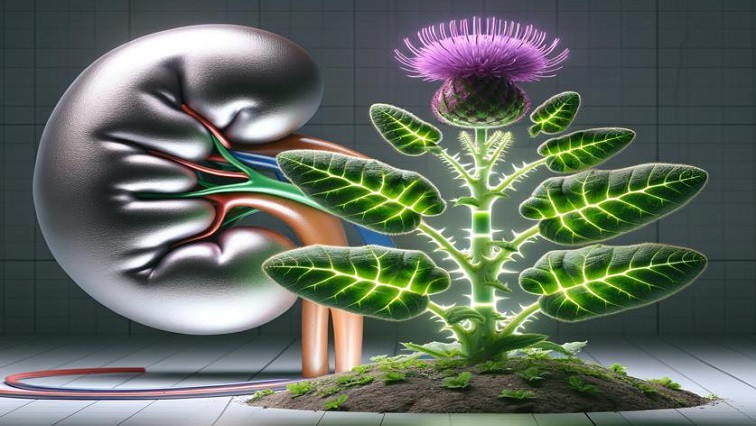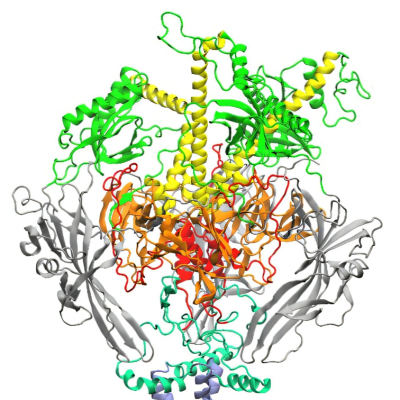Aluminum, a common element in our environment, is known to have harmful effects on the human body, particularly on the kidneys. With increasing exposure to aluminum through various sources, there is a growing need for effective treatments to counteract its toxic effects. Researchers from Alexandria University have made a significant contribution to this field with their recent study. They investigated the protective effects of silymarin (SM), a compound extracted from the milk thistle plant, and its enhanced form when delivered as nanoparticles using chitosan (SM-CS-NPs), against kidney damage caused by aluminum chloride (AlCl3).
Silymarin is known for its antioxidant properties, which means it can combat harmful oxidative stress in the body. Oxidative stress occurs when there is an imbalance between free radicals—unstable molecules that can damage cells—and the body's ability to neutralize them with antioxidants. This stress is a key factor in the development of various diseases, including those caused by aluminum exposure. Chitosan, a natural substance obtained from the shells of crustaceans, is used in nanotechnology to improve the delivery and effectiveness of drugs like silymarin.
In their experiment, the researchers divided 42 male Wistar rats into six groups, each with seven animals. One group served as a control, receiving only water. Another group was given silymarin, and a third received the silymarin-chitosan nanoparticles. The fourth group was exposed to aluminum chloride to induce kidney damage. The final two groups were given silymarin or its nanoparticles in combination with aluminum chloride for 30 days.
The study's findings were clear. Rats exposed to aluminum chloride showed significant kidney damage. This was evidenced by increased levels of TBARS and H2O2, which are markers of oxidative stress, along with elevated kidney function levels and LDH activity, indicating cell damage. Additionally, the antioxidant defenses of these rats were compromised, with reduced levels of GSH, CAT, SOD, GPx, GST, and GR—all important components of the body's internal defense system against oxidative stress. These changes were accompanied by alterations in lipid profiles, blood parameters, and kidney structure, as well as increased expression of genes associated with inflammation and tissue remodeling, such as TNF-α, TGF-β, and MMP9.
However, when silymarin or silymarin-chitosan nanoparticles were administered, these negative effects were significantly mitigated. Both treatments helped replenish the antioxidant system and reduced the expression of inflammatory genes in the kidneys. Notably, the nanoparticle form of silymarin showed even greater protective effects than silymarin alone, suggesting that the nanotechnology approach enhances the compound's ability to restore balance between oxidants and antioxidants and to exert an anti-inflammatory effect against the toxicity of aluminum chloride.
The study builds on previous research, which demonstrated that boron compounds could mitigate the harmful effects of aluminum on the blood and brain by acting as antioxidants and protecting against genetic damage. The current study expands this understanding to the field of nephrotoxicity and offers a potential new treatment strategy using nanotechnology to enhance the effects of natural compounds like silymarin.
In conclusion, the research from Alexandria University provides promising evidence that silymarin, particularly when delivered as nanoparticles, can offer significant protection against the damaging effects of aluminum on the kidneys. This study not only sheds light on the mechanisms of aluminum toxicity but also opens the door to potential new therapies that could benefit people exposed to high levels of aluminum.
Read the original article on Natural Science News.







